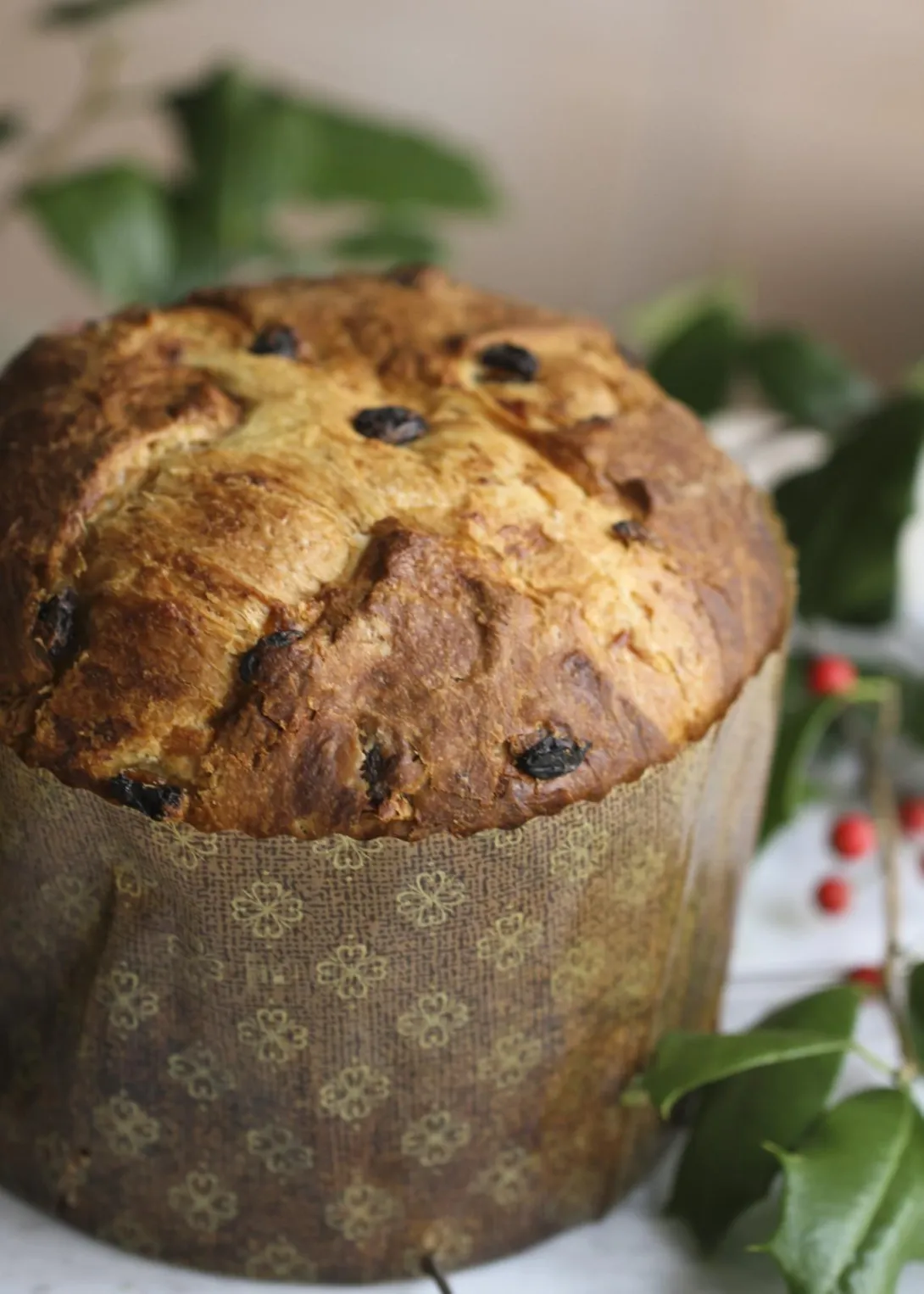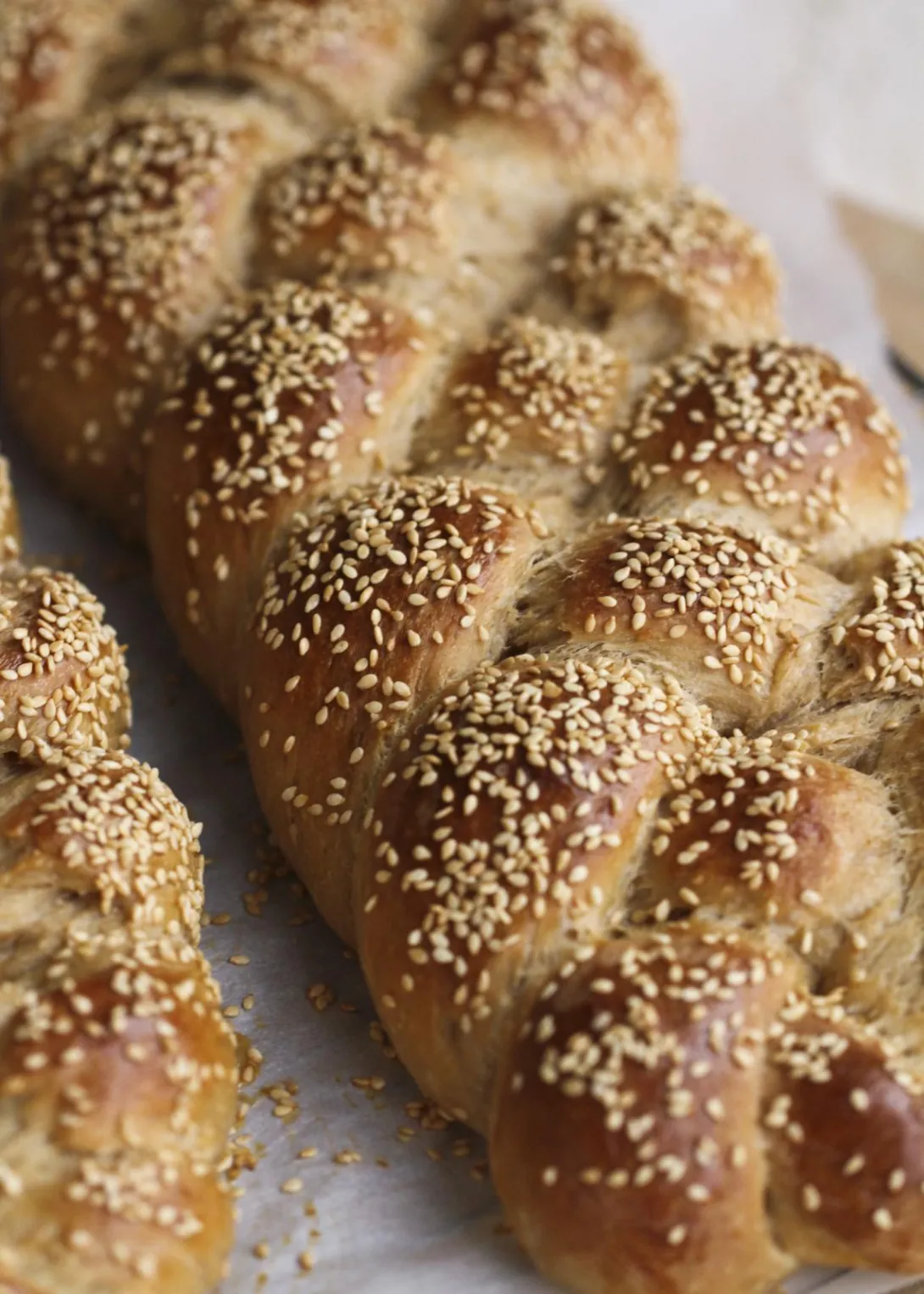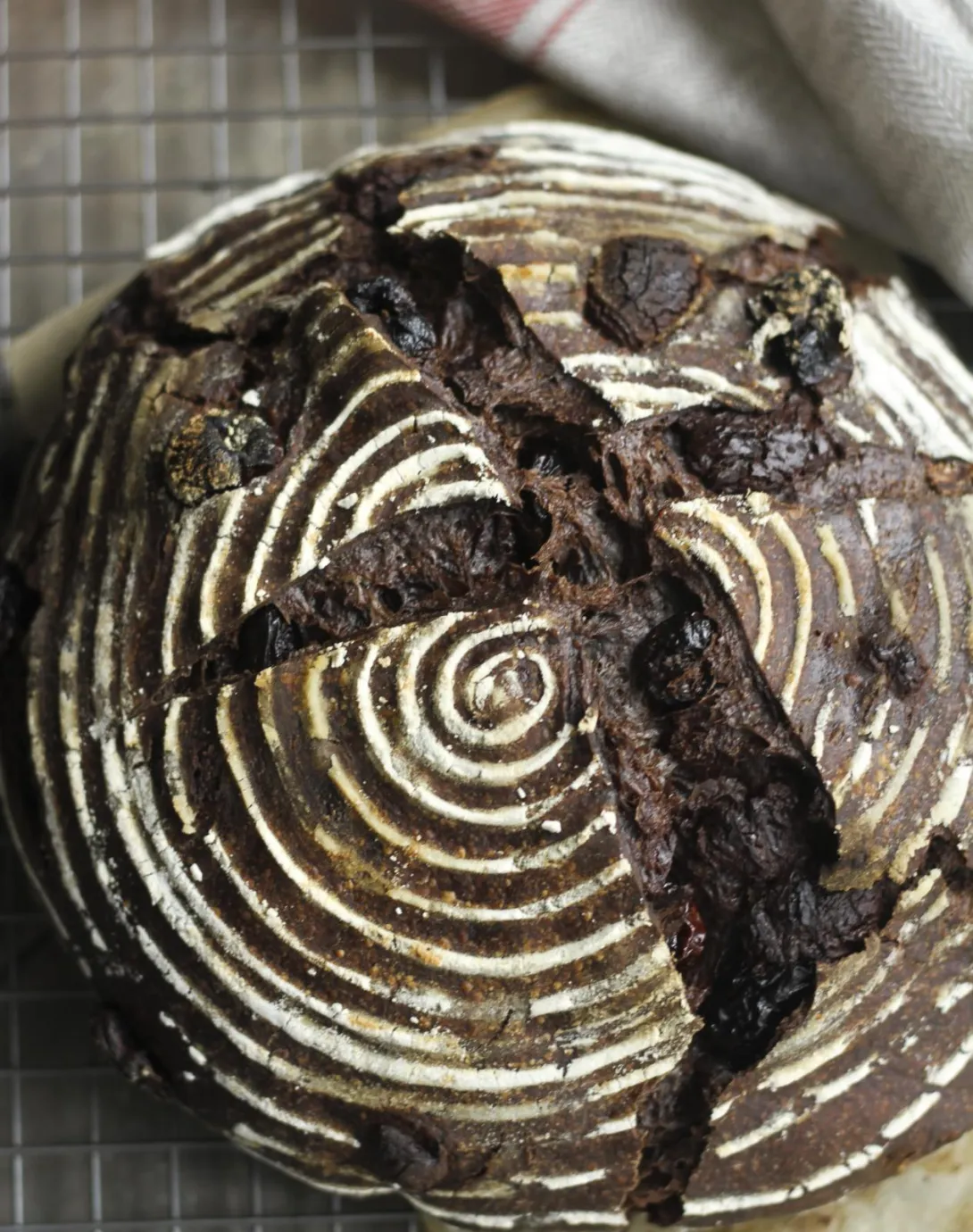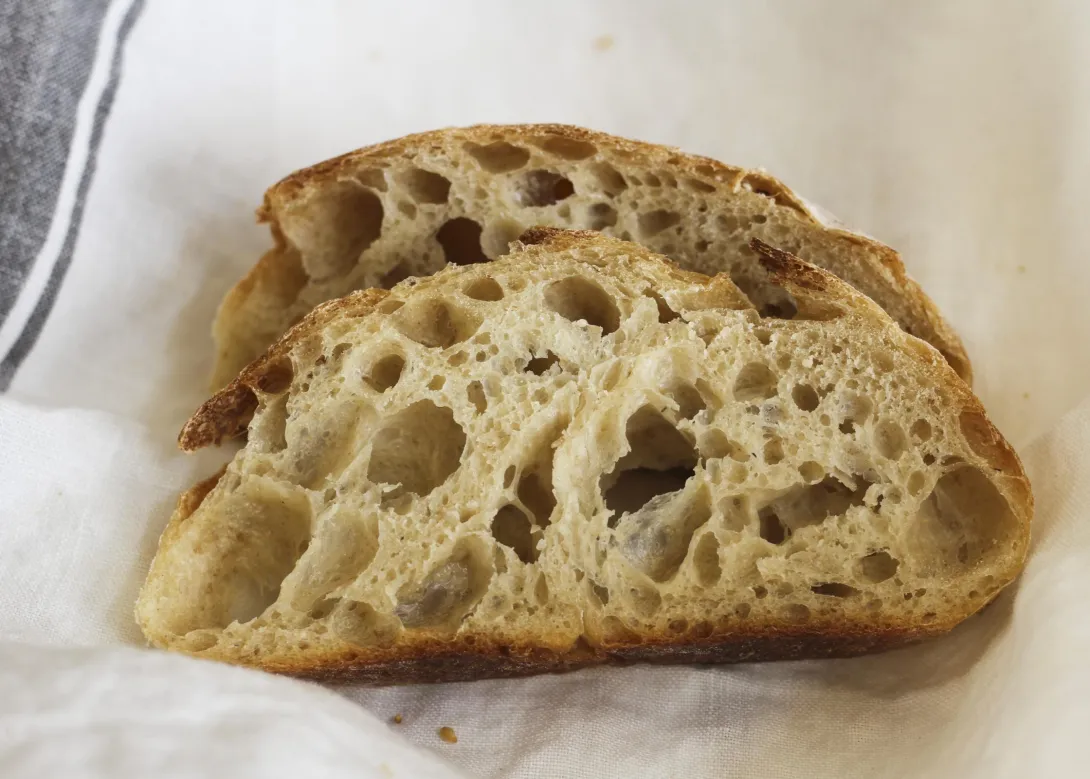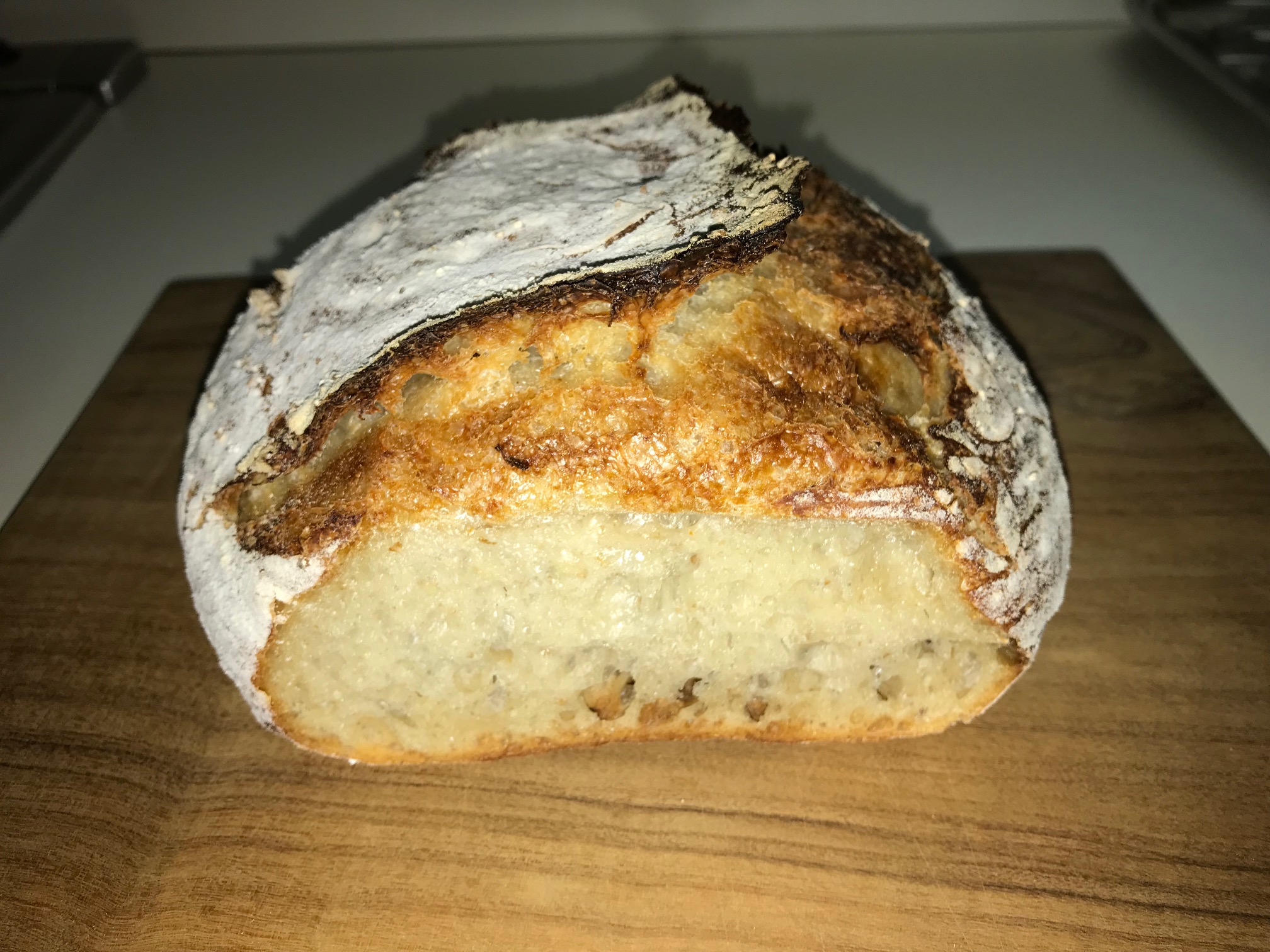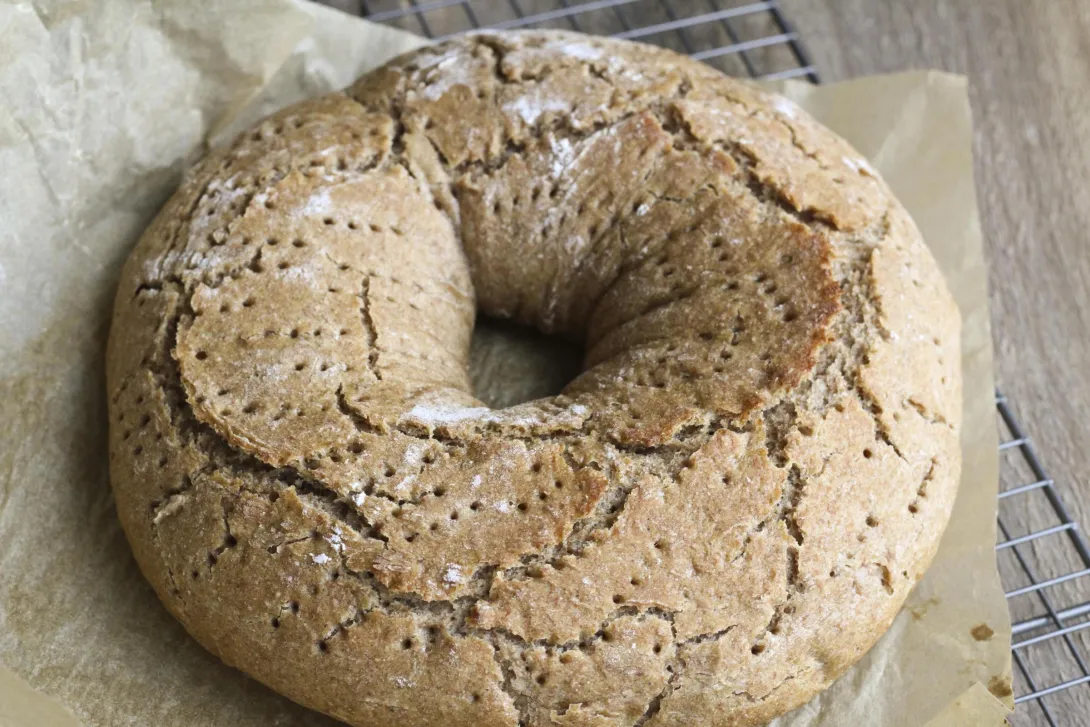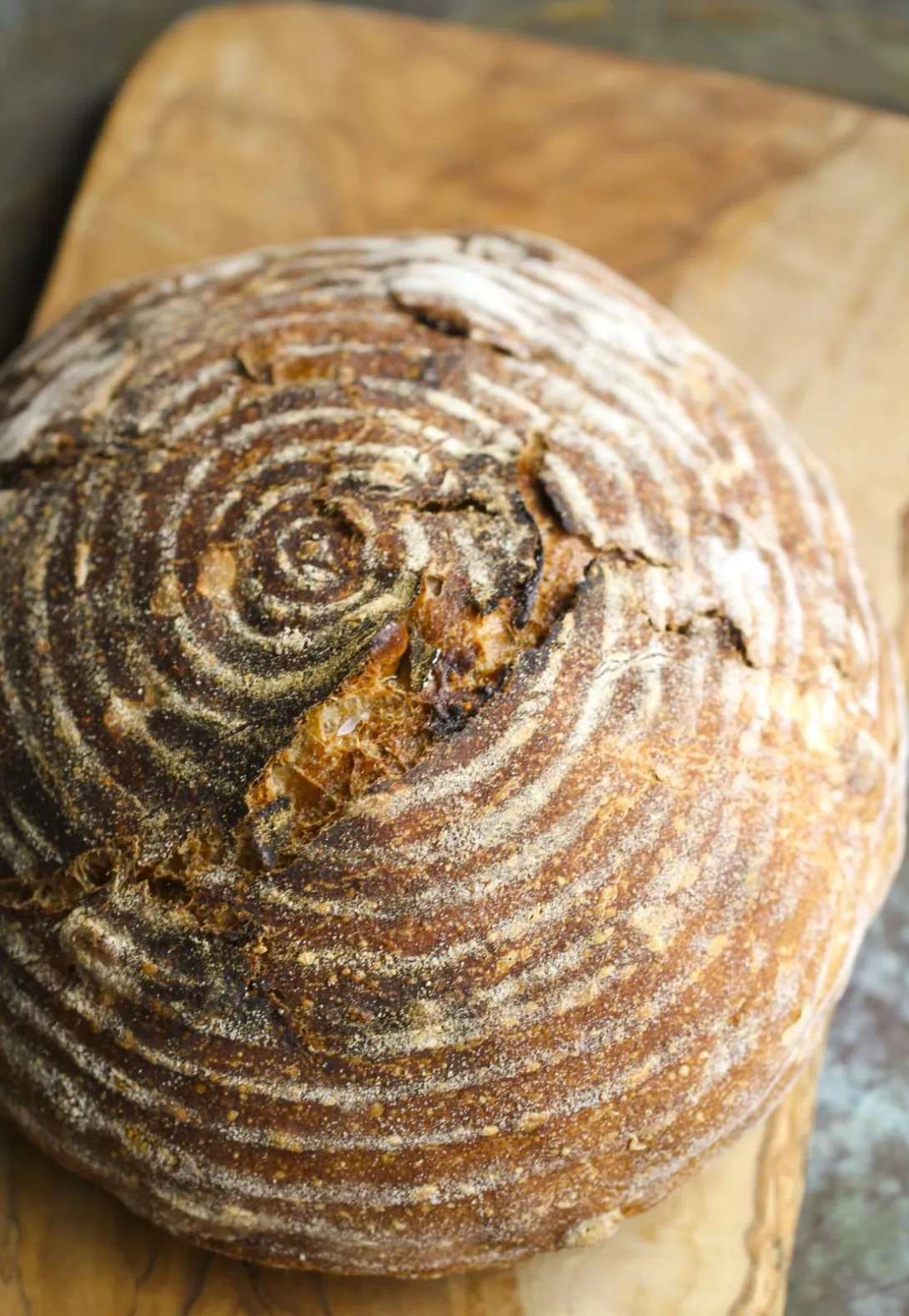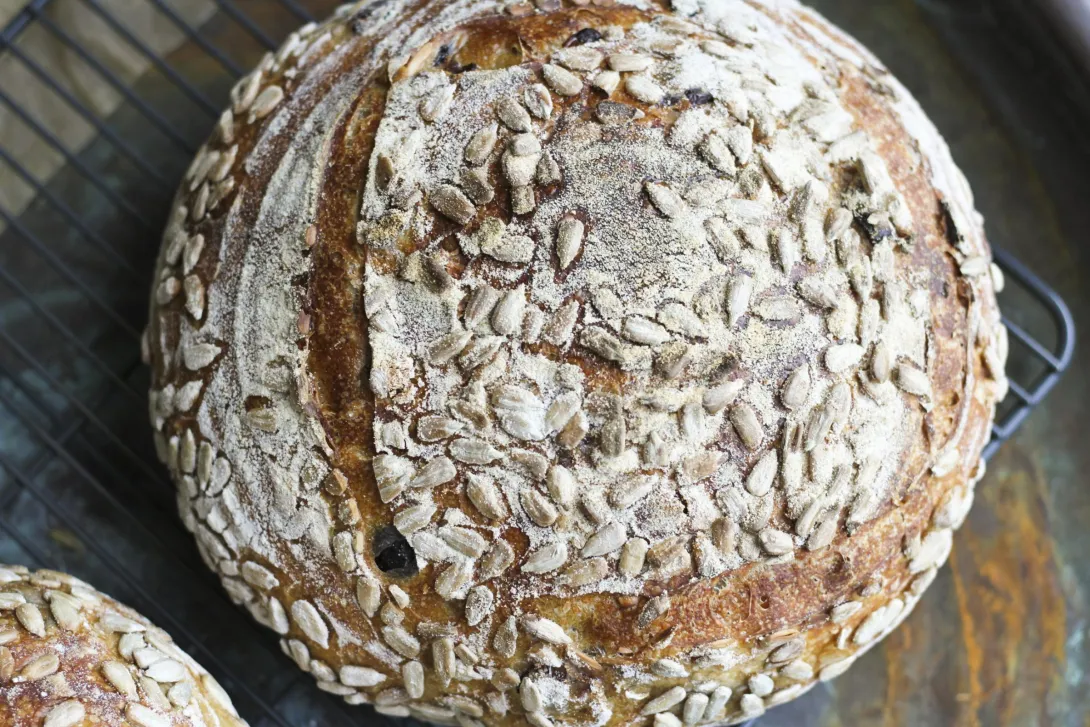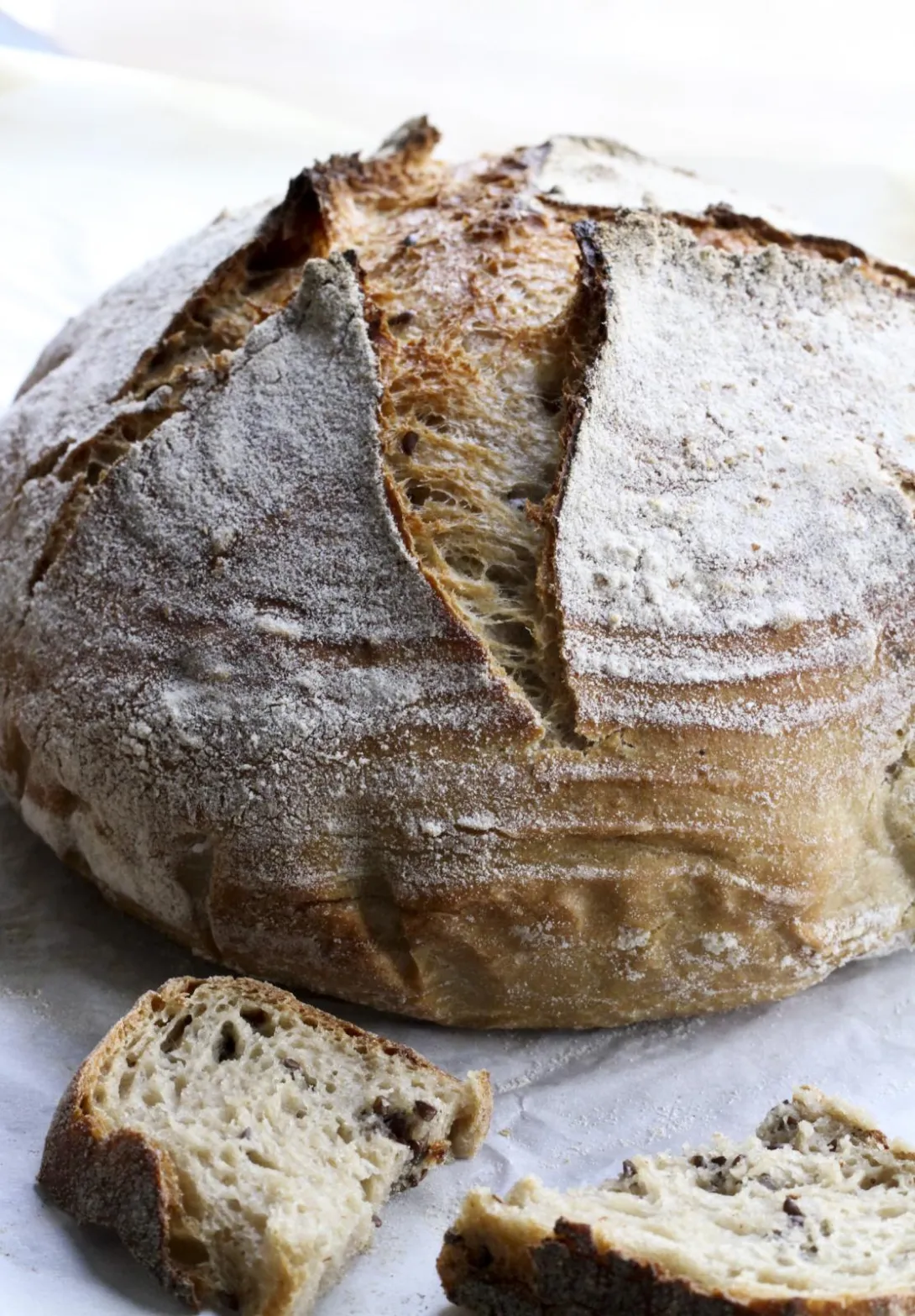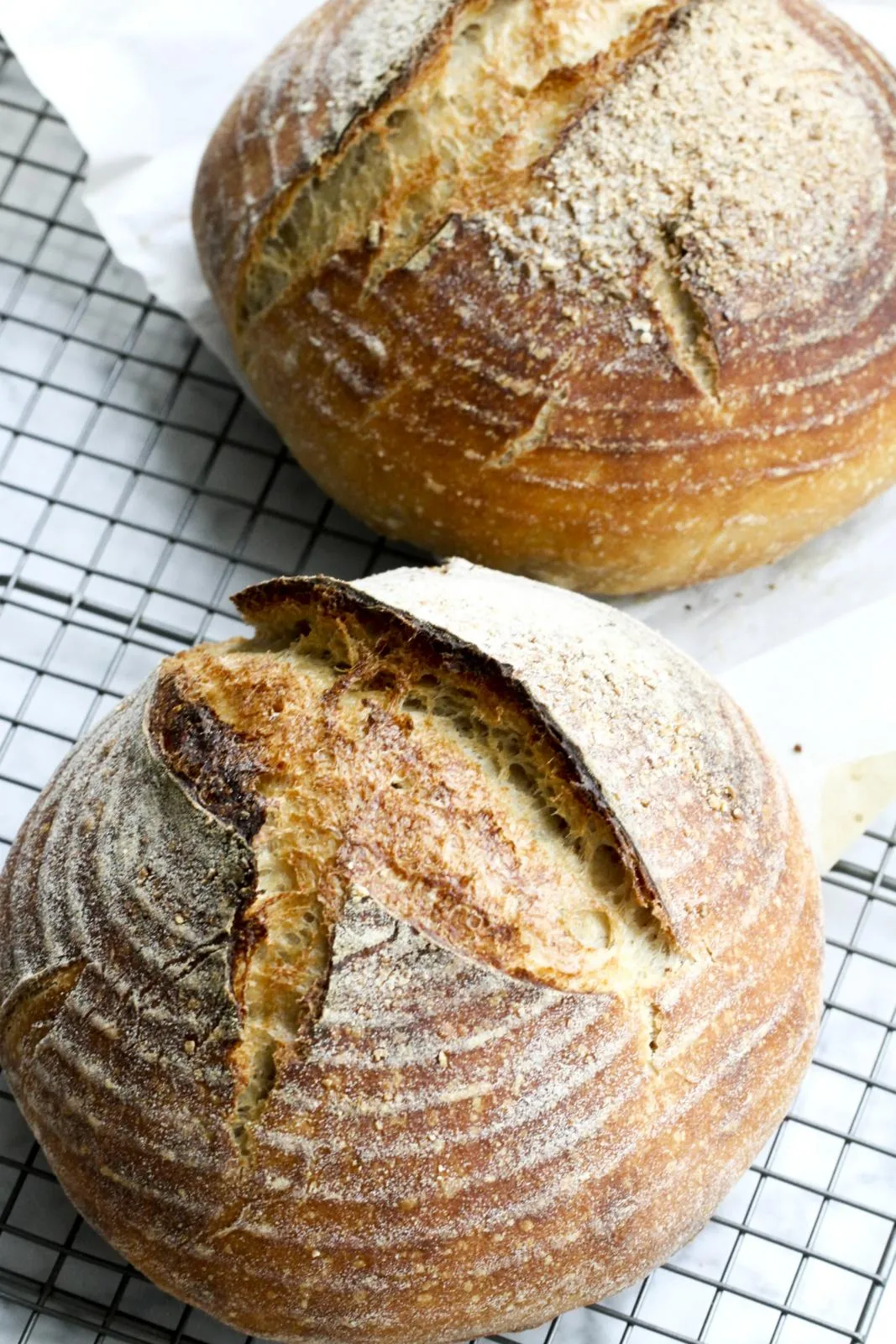Tartine Blue Corn Polenta Bread
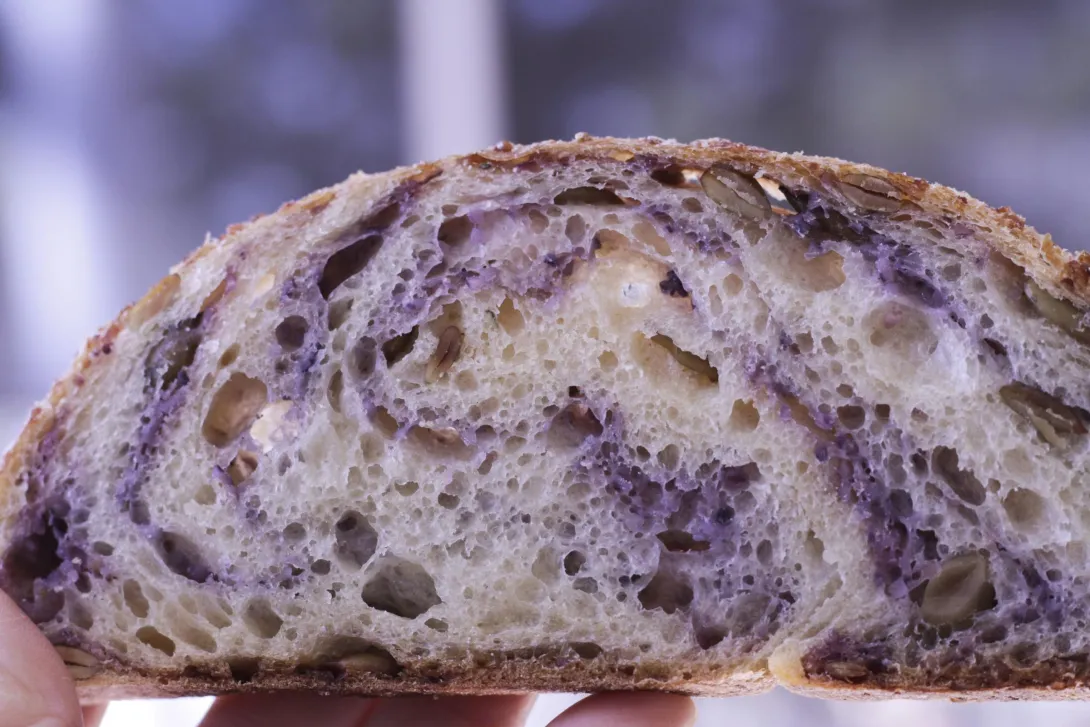
The dough is the Tartine Basic Country Bread. The formula of the polenta bread can be found in Tartine Bread (page 93). I added pumpkin seeds, corn oil, fresh rosemary and blue corn polenta instead of the usual variety. It follows a similar approach as the porridge breads in Tartine Book #3 by using a polenta soaker. The soaker was too wet. Nothing that can't be fixed by dehydrating it in the oven until it becomes more like a paste. Another change I made to the Tartine method was an overnight cold retard in the fridge during bulk rise.
